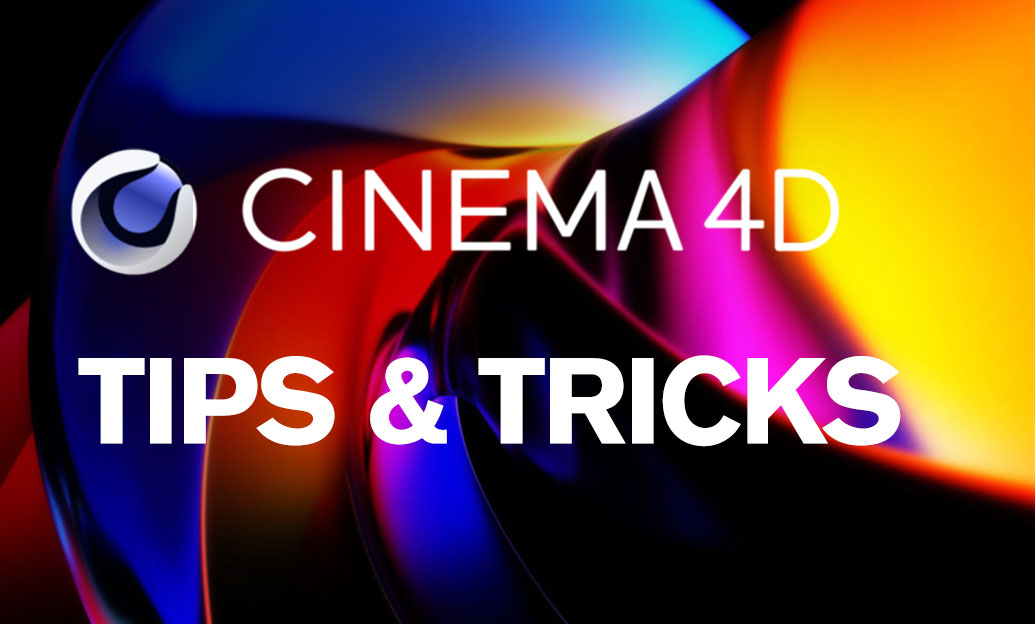Your Cart is Empty
Customer Testimonials
-
"Great customer service. The folks at Novedge were super helpful in navigating a somewhat complicated order including software upgrades and serial numbers in various stages of inactivity. They were friendly and helpful throughout the process.."
Ruben Ruckmark
"Quick & very helpful. We have been using Novedge for years and are very happy with their quick service when we need to make a purchase and excellent support resolving any issues."
Will Woodson
"Scott is the best. He reminds me about subscriptions dates, guides me in the correct direction for updates. He always responds promptly to me. He is literally the reason I continue to work with Novedge and will do so in the future."
Edward Mchugh
"Calvin Lok is “the man”. After my purchase of Sketchup 2021, he called me and provided step-by-step instructions to ease me through difficulties I was having with the setup of my new software."
Mike Borzage
V-Ray Tip: Optimizing V-Ray Light Cache for Efficient High-Quality Animation Renders
October 19, 2025 2 min read

Optimizing V-Ray's Light Cache is essential for achieving high-quality animations with efficient render times. Here are key strategies to configure the Light Cache effectively:
-
Initial and Final Gather:
- Set a higher number of initial rays for better global illumination accuracy in the first frames.
- Adjust final gather to balance between quality and render speed, typically reducing it slightly for animated scenes.
-
Light Cache Subdivisions:
- Increase subdivisions for more detailed lighting information, especially in complex scenes.
- Lower subdivisions to speed up renders when high detail is not necessary.
-
Uniform vs. Adaptive Sampling:
- Use adaptive sampling to allocate more rays to areas with intricate lighting, enhancing efficiency.
- Apply uniform sampling for consistent lighting distribution across the scene.
-
Balance Between Quality and Performance:
- Experiment with different Light Cache settings to find the optimal balance for your specific animation.
- Utilize V-Ray's interactive rendering to preview adjustments in real-time.
-
Animation-Specific Settings:
- Enable progressive refinement to improve lighting continuity across frames.
- Use noise threshold settings tailored for animations to minimize flickering.
-
Leveraging NOVEDGE Resources:
- Access detailed guides and tutorials on configuring Light Cache for animations at NOVEDGE.
- Join the V-Ray community on NOVEDGE forums to share tips and receive feedback from other professionals.
-
Using V-Ray’s Frame Buffer:
- Utilize frame buffer settings to monitor Light Cache performance and make real-time adjustments.
- Apply post-processing techniques supported by NOVEDGE to enhance final render quality.
-
Optimization Techniques:
- Cache the Light Cache settings to reuse lighting information across similar frames, reducing computation time.
- Optimize scene geometry and materials to complement Light Cache efficiency.
-
Testing and Iteration:
- Render test frames with varying Light Cache settings to determine the best configuration for your animation.
- Iterate based on feedback and performance metrics to refine your lighting setup.
By meticulously configuring V-Ray's Light Cache settings, you can achieve stunning, realistic animations while maintaining optimal render times. For more in-depth tutorials and expert advice, visit NOVEDGE.
You can find all the V-Ray products on the NOVEDGE web site at this page.
Also in Design News

Cinema 4D Tip: Enhancing Skin Realism in Cinema 4D with Bump and Normal Maps
October 19, 2025 3 min read
Read More
Bluebeam Tip: Enhance PDF Workflow Efficiency with Bookmarks in Bluebeam Revu
October 19, 2025 2 min read
Read More
ZBrush Tip: Enhancing Alien Environment Design in ZBrush: Key Techniques and Tools
October 19, 2025 2 min read
Read MoreSubscribe
Sign up to get the latest on sales, new releases and more …


